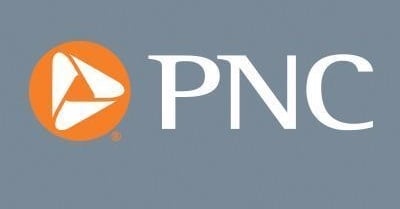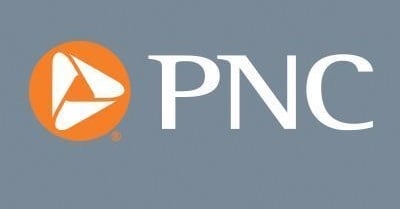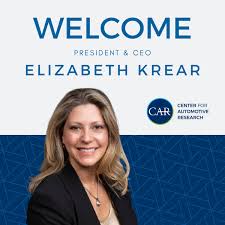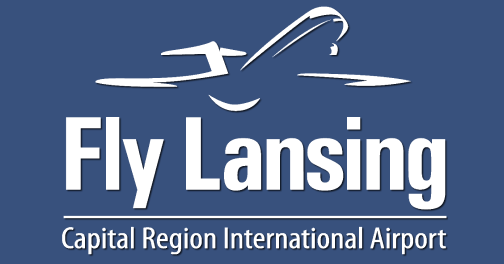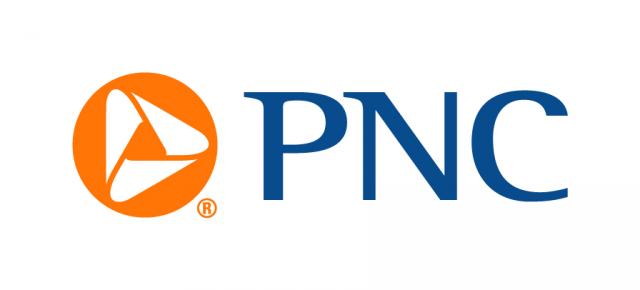
on Both Topline & Core Measures
• Topline CPI rose by 0.1% in May 2025 in seasonally-adjusted terms (+2.4% year-over-year)
• Core CPI inflation, less Food & Energy, rose by 0.1% in May 2025, falling back below a 2.0% on an average annualized basis (+1.6%)
• Housing inflation rose at a 3.3% average annualized pace in May 2025, its weakest showing since September 2024
* Energy CPI fell by 1.0% in May 2025, continuing to trend at 3% below year-ago price levels
The topline Consumer Price Index (CPI) inflation came in under PNC’s expectations at +0.1% for May 2025. Core CPI inflation, which mirrors the metric that the Federal Reserve targets in its monetary policy impact goals (the Core Personal Consumption Expenditures Deflator), also gained 0.1% for the month, which was also weaker than PNC’s forecast for the month. An easing of Housing inflation – the CPI’s largest driver – helped both the topline and core metrics to post sub-2% average annualized growth rates – doing so simultaneously for only the second time since June 2024.
The +0.1% Core CPI gain in May 2025, which excludes volatile food and energy inputs, translates to a 2.8% year-over-year growth rate. May 2025 represents the third consecutive month of Core prices rising at this same pace. The last time Core inflation sat below 3.0% was March 2021. The Federal Reserve’s monetary policy goal, however, remains a 2.0% average year-over-year Core inflation pace, as measured by the alternative Core Personal Consumption Deflator metric. Thus while households can take some comfort in the near term that the chaotic tariff policy implementation from April and May do not appear to have incited an inflation spike as yet, the path toward lower interest rates is not yet clear.
The Transportation category of the CPI fell for a third consecutive month in May 2025, falling by 1.2% for the month. Both New and Used Vehicle prices fell in May, and New Vehicle prices have only posted one monthly gain since January (March 2025, +0.1%). Used Vehicle price inflation sits at 1.8% on a year-ago basis, while New Vehicle prices are up 0.4% year-over-year through May 2025. Gasoline prices offered another significant boon to households in May 2025 in terms of price trends for necessities, falling for a fourth straight month at -2.6%. Gasoline prices are now 12.0% below year-ago levels.
Also on the necessities front for households, Food price inflation bounced higher by 0.3% in May 2025 after falling in April. The Food at home sub-index rose by 0.3% after falling by 0.4% in April, while Food Away from Home rose by 0.3% following a +0.4% result in the month prior.
The Housing CPI sub-index gained 0.3% for the month in May 2025. Accounting for more than 40% of the total CPI index, the U.S. housing market’s influence on inflation is difficult to overstate. May’s monthly gain translates to a 3.4% average annualized growth rate – the lowest such result since September 2024. A lack of housing supply across the U.S. from every conceivable perspective makes any resolution to the rough-terrain homebuying experience, and the cost of renting by extension, only a long-term hope. The pressure on topline inflation measures in the U.S. economy due to Housing will linger as a result.
PNC forecasts that the Fed will cut its monetary policy rate by 25 basis points in 2025, that cut being delayed until December’s Federal Open Market Committee meeting. Few economic numbers themselves indicate fundamental weaknesses in the U.S. economy or growing imbalances, but a lack of progress toward policy goals will keep interest rates from normalizing as quickly as had been hoped for through much of 2024 and even by some who may be predicting more profound U.S. economic weakness through the remainder of this year. Two follow-on Fed Funds Rate cuts will come from the Fed’s first two meetings in 2026, according to PNC’s forecast, by which time the initial impact and potential momentum in inflation trends should be established. Only a rapid deterioration in the U.S. labor market would seem capable of upending this expectation given consumer price inflation’s persistently stable, but above-target pace.
PNC Bank, National Association, is a member of The PNC Financial Services Group, Inc. (NYSE: PNC). PNC is one of the largest diversified financial services institutions in the United States, organized around its customers and communities for strong relationships and local delivery of retail and business banking including a full range of lending products; specialized services for corporations and government entities, including corporate banking, real estate finance and asset-based lending; wealth management and asset management.
